November 3 saw the expected unveiling of a new generation of Radeon graphics cards from AMD with RDNA 3 architecture, a competitor to the GeForce RTX 4000, the already selling new GPU generation from Nvidia. In this article, we’ll discuss the chiplet design of the new 5nm AMD GPUs, the changes in architecture, and the new functionality and features that they bring. RDNA 3 has a lot of new stuff compared to the previous generation. Read more “AMD RDNA 3 details: architecture changes, AI acceleration, DP 2.1”
Category: Analysis
HWCooling tips to optimize the Noctua NF-A12x25 fan
The Noctua NF-A12x25 fan may be the closest to perfection of the 120mm fans, but even the best things have their weaknesses. This will be no exception and there are elements of the NF-A12x25 that make sense to get into. And that this is true, Noctua will prove sooner or later in the next generation of 120 mm fans. But we’ll discuss the topic of what exactly to tweak, to do neater, right now.. Read more “HWCooling tips to optimize the Noctua NF-A12x25 fan”
Analysis: What have we learned from motherboard tests
Over time, we have tested ten motherboards with Intel B660 and Z690 chipsets in great detail. From more than 5000 different measurements, we can thus confidently deny some speculations that are usually spread on the Internet from the ignorance of the authors of articles or comments (in discussions). But this is natural. The less substantial the reviews are, the more fertile ground they create for various confusions. Read more “Analysis: What have we learned from motherboard tests”
Why is Zen 4 so fast in Topaz Labs AI apps? In fact it’s Intel’s doing
Ryzen 7000 with Zen 4 architecture is the first AMD processor to support 512-bit AVX-512 vector instructions. We’ve already discussed their benefits (bigger or smaller) here. But the Zen 4 cores support another instruction set extension that used to be Intel’s pride and joy, and now the roles have reversed a bit: VNNI. It seems to bring huge performance improvements in a number of apps, despite the limited 256-bit width of Zen 4 SIMD units. Read more “Why is Zen 4 so fast in Topaz Labs AI apps? In fact it’s Intel’s doing”
How good is AMD’s AVX-512? Does it improve Zen 4 performance?
When Intel Rocket Lake processors with AVX-512 instructions came out last year, we took the opportunity to test how they can improve performance in the x265 video encoder. Since the now-released Ryzen 7000 processors with Zen 4 architecture also support AVX-512, and there has been a lot of debate about the pros and cons with Rocket Lake, we went back to that test to see how AMD’s alternative implementation fares in it. Read more “How good is AMD’s AVX-512? Does it improve Zen 4 performance?”
Static pressure vs. airflow, part 3/3: P/Q curves are misleading
And we come to the finale, in which we’ll look at the extremely popular line graphs that express the relationship between airflow and static pressure. These present, in a sophisticated and seemingly credible way, which fan will be more effective in which environment. As it happens, however, it is mainly a marketing tool rather than something useful that can really be relied upon. Read more “Static pressure vs. airflow, part 3/3: P/Q curves are misleading”
Static pressure vs. airflow, part 2/3: Measuring performance on fins
No one, no one at all, can claim based on any tests that one fan is a touch more or less efficient than the other for radiators or cooler heatsinks in general. Technically it’s impossible, and not just because of the huge design diversity of fins. However, after in-depth analyses, one can work one’s way to comparisons that have a high predictive value with a certain amount of universality. Read more “Static pressure vs. airflow, part 2/3: Measuring performance on fins”
Cortex-A715: new efficiency-first ARM core (architecture analysis)
ARM has launched the Cortex-X3 architecture, which will be the new “big” high-perfromance CPU core for smartphones and laptops in the company’s lineup. It will however be complemented by a new Cortex-A715. This line of cores (Cortex-A76 to A78, then A710), which used to be ARM’s big cores, seems to be turning into cores tuned for best performance in a small footprint and power draw, not unlike Intel’s E-Cores. Read more “Cortex-A715: new efficiency-first ARM core (architecture analysis)”
Cortex-X3: the new fastest core from ARM (architecture analysis)
ARM has been introducing new CPU cores annually for the last few years. This year, the company is unveiling the second generation of CPU cores based on the ARMv9 instruction set. Among them, a new highest-performance Cortex-X3 core with significantly expanded computing resources and 6 ALUs like Apple’s cores. This architecture will boost the single-core performance of Android phones, but it’s supposed to go into laptops as well. Read more “Cortex-X3: the new fastest core from ARM (architecture analysis)”
Static pressure vs. airflow, part 1/3: Quantities under control
Fan marketing materials could not do without the use (or is it misuse?) of key variables. There are plenty of them everywhere, but no one anywhere explains the nature of how they work, always just the supposed consequence. After all, for expected sales, companies need you to understand their presentations, which often contradict the laws of physics. But we will take a look at them, in all simplicity. Read more “Static pressure vs. airflow, part 1/3: Quantities under control”
Vibration: a parameter to which fan companies turn a blind eye
In addition to basic parameters such as air flow, static pressure and noise level, information on vibration intensity should also be provided with fans. But it’s not. Manufacturers do not seem to be too concerned about this issue and are very lax in their approach. This is a pity, because the noise levels quoted are very abstract quantities, which in practice are shaped by the amount of fan vibration. Read more “Vibration: a parameter to which fan companies turn a blind eye”
PWM vs. DC control. Why do fans work better with impulses?
We avoid it like the plague when it comes to backlighting LCD monitors, but we can’t imagine the best fans without it. We’re talking about pulse-width modulation for voltage regulation. In this article, we will explain in the simplest possible terms the reason why PWM regulation is gradually replacing linear regulation. Related to this in computers is the strong disproportion of 3-pin to 4-pin fans, of which there are considerably more. Read more “PWM vs. DC control. Why do fans work better with impulses?”
Gracemont, the (not so) little Alder Lake core (µarch analysis)
Intel has revealed the Alder Lake CPU architecture, or actually two architectures this time. The CPUs are hybrid and besides the main „big“ ones, there are „little“ cores called Gracemont. These are not just for marketing or for low-power idle tasks like in mobile ARM SoCs, however. Gracemont should significantly add to the overall performance, the architecture is actually surprisingly beefy. Our analysis will show you more. Read more “Gracemont, the (not so) little Alder Lake core (µarch analysis)”
Intel Alder Lake/Golden Cove CPU core unveiled (µarch analysis)
Intel’s Alder Lake CPUs are poised to be the biggest hardware event this year. Intel has unveiled the core architecture of these CPUs and we have analysed the details and new improvements inside. There’s promise of huge performance and one of the biggest architectural leaps in x86 processors, for the first time with six parallel decoders and further IPC increases, showing Intel taking the same path as Apple’s highly effective cores. Read more “Intel Alder Lake/Golden Cove CPU core unveiled (µarch analysis)”




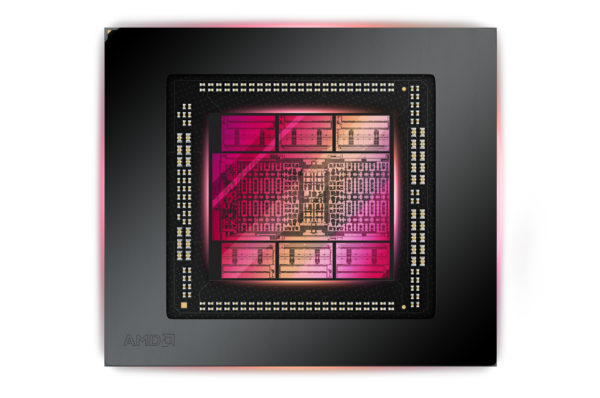

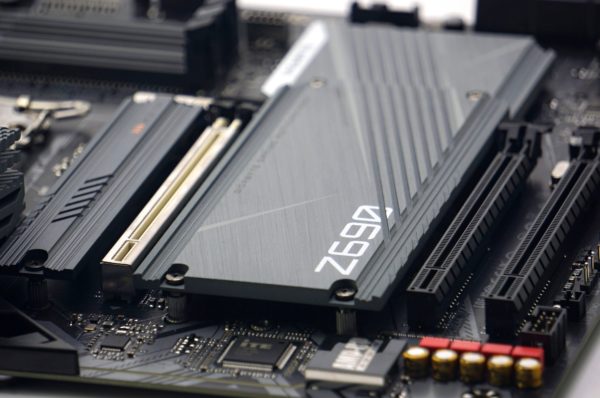

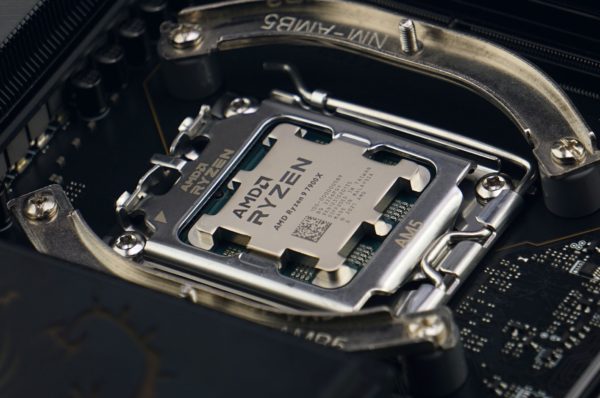
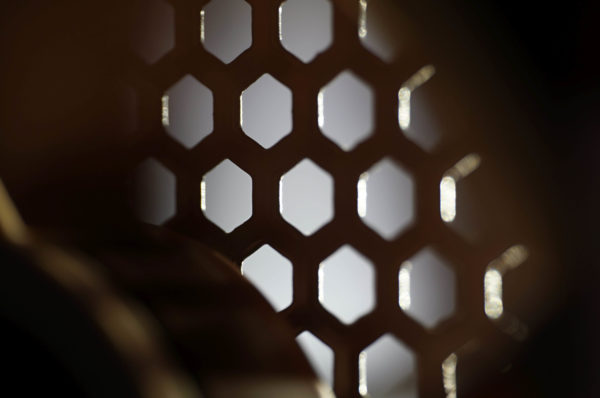

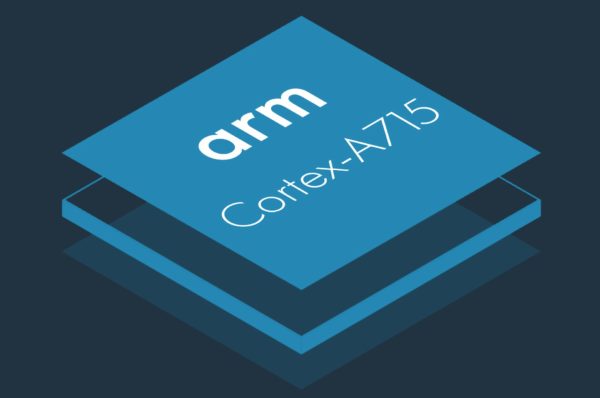
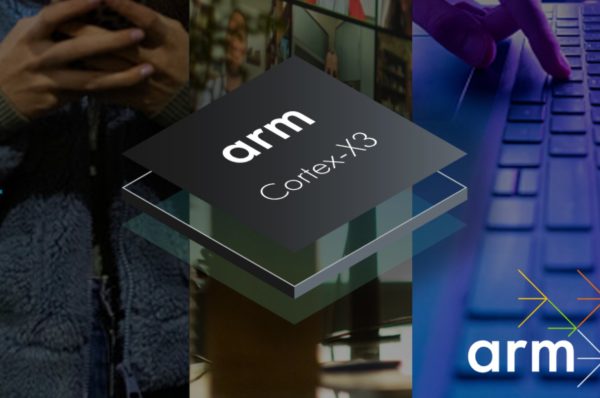

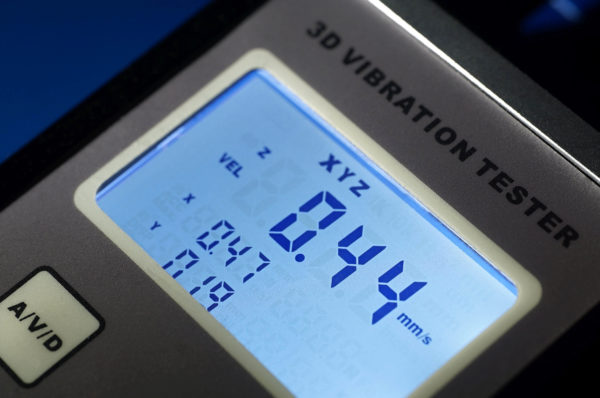
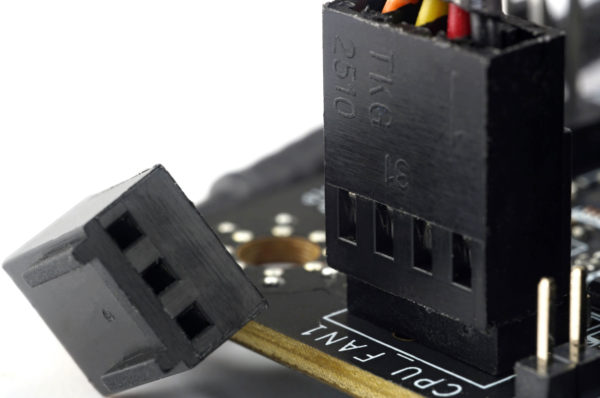
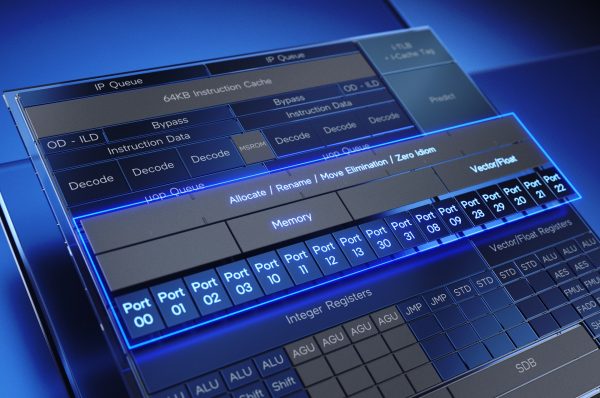




Latest comments